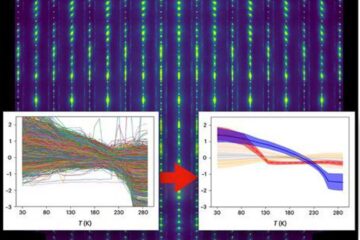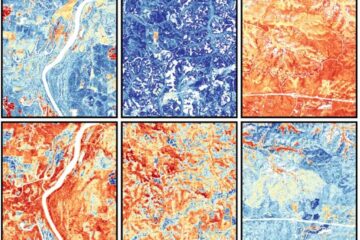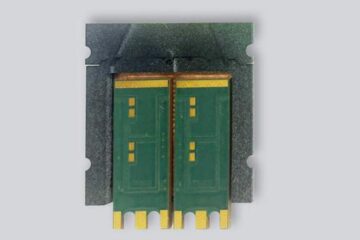Researchers Create 'Quantum Cats' Made of Light

The NIST experiments, described in a forthcoming paper,* repeatedly produced light pulses that each possessed two exactly opposite properties—specifically, opposite phases, as if the peaks of the light waves were superimposed on the troughs. Physicists call this an optical Schrödinger's cat. NIST's quantum cat is the first to be made by detecting three photons at once and is one of the largest and most well-defined cat states ever made from light. (Larger cat states have been created in different systems by other research groups, including one at NIST.)
A “cat state” is a curiosity of the quantum world, where particles can exist in “superpositions” of two opposite properties simultaneously. Cat state is a reference to German physicist Erwin Schrödinger's famed 1935 theoretical notion of a cat that is both alive and dead simultaneously.
“This is a new state of light, predicted in quantum optics for a long time,” says NIST research associate Thomas Gerrits, lead author of the paper. “The technologies that enable us to get these really good results are ultrafast lasers, knowledge of the type of light needed to create the cat state, and photon detectors that can actually count individual photons.”
The NIST team created their optical cat state by using an ultrafast laser pulse to excite special crystals to create a form of light known as a squeezed vacuum, which contains only even numbers of photons. A specific number of photons were subtracted from the squeezed vacuum using a device called a beam splitter. The photons were identified with a NIST sensor that efficiently detects and counts individual photons (see “NIST Detector Counts Photons With 99 Percent Efficiency,” NIST Tech Beat, Apr. 13, 2010, at www.nist.gov/eeel/optoelectronics/detector_041310.cfm.) Depending on the number of subtracted photons, the remaining light is in a state that is a good approximation of a quantum cat says Gerrits—the best that can be achieved because nobody has been able to create a “real” one, by, for instance, the quantum equivalent to superimposing two weak laser beams with opposite phases.
NIST conducts research on novel states of light because they may enhance measurement techniques such as interferometry, used to measure distance based on the interference of two light beams. The research also may contribute to quantum computing—which may someday solve some problems that are intractable today—and quantum communications, the most secure method known for protecting the privacy of a communications channel. Larger quantum cats of light are needed for accurate information processing.
* T. Gerrits, S. Glancy, T. Clement , B. Calkins, A. Lita, A. Miller, A. Migdall, S.W. Nam, R. Mirin and E. Knill. Generation of optical coherent state superpositions by number-resolved photon subtraction from squeezed vacuum. Physical Review A. Forthcoming.
Media Contact
More Information:
http://www.nist.govAll latest news from the category: Physics and Astronomy
This area deals with the fundamental laws and building blocks of nature and how they interact, the properties and the behavior of matter, and research into space and time and their structures.
innovations-report provides in-depth reports and articles on subjects such as astrophysics, laser technologies, nuclear, quantum, particle and solid-state physics, nanotechnologies, planetary research and findings (Mars, Venus) and developments related to the Hubble Telescope.
Newest articles

Machine learning algorithm reveals long-theorized glass phase in crystal
Scientists have found evidence of an elusive, glassy phase of matter that emerges when a crystal’s perfect internal pattern is disrupted. X-ray technology and machine learning converge to shed light…

Mapping plant functional diversity from space
HKU ecologists revolutionize ecosystem monitoring with novel field-satellite integration. An international team of researchers, led by Professor Jin WU from the School of Biological Sciences at The University of Hong…

Inverters with constant full load capability
…enable an increase in the performance of electric drives. Overheating components significantly limit the performance of drivetrains in electric vehicles. Inverters in particular are subject to a high thermal load,…





















